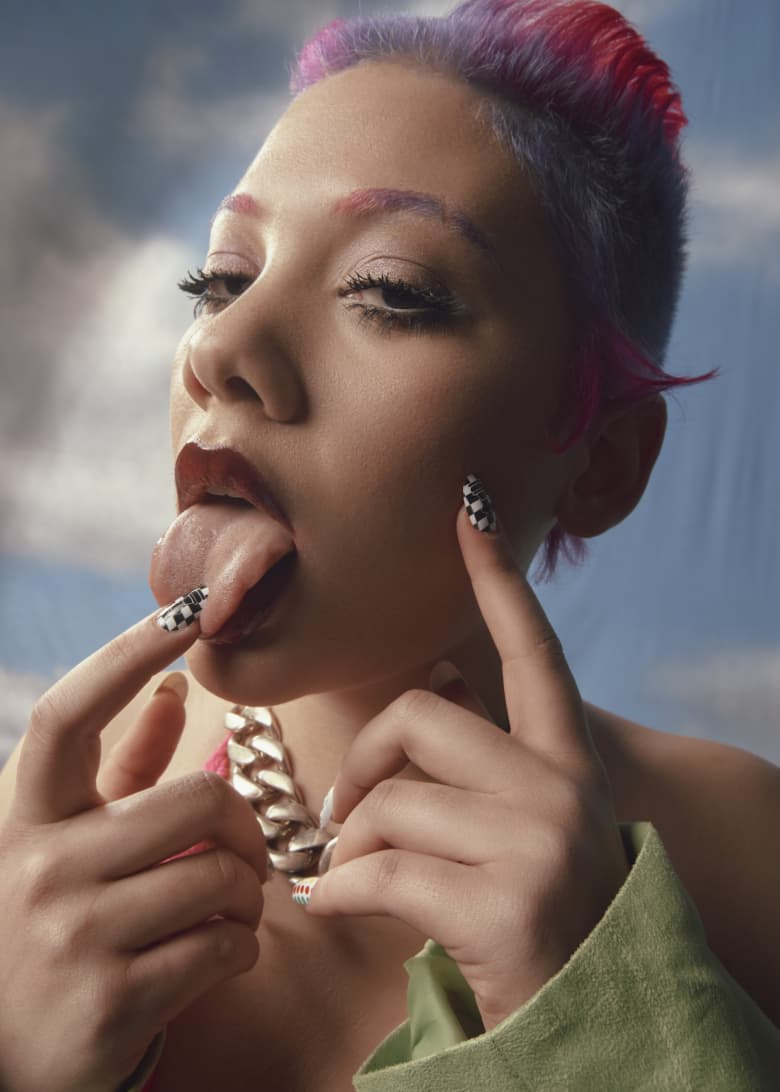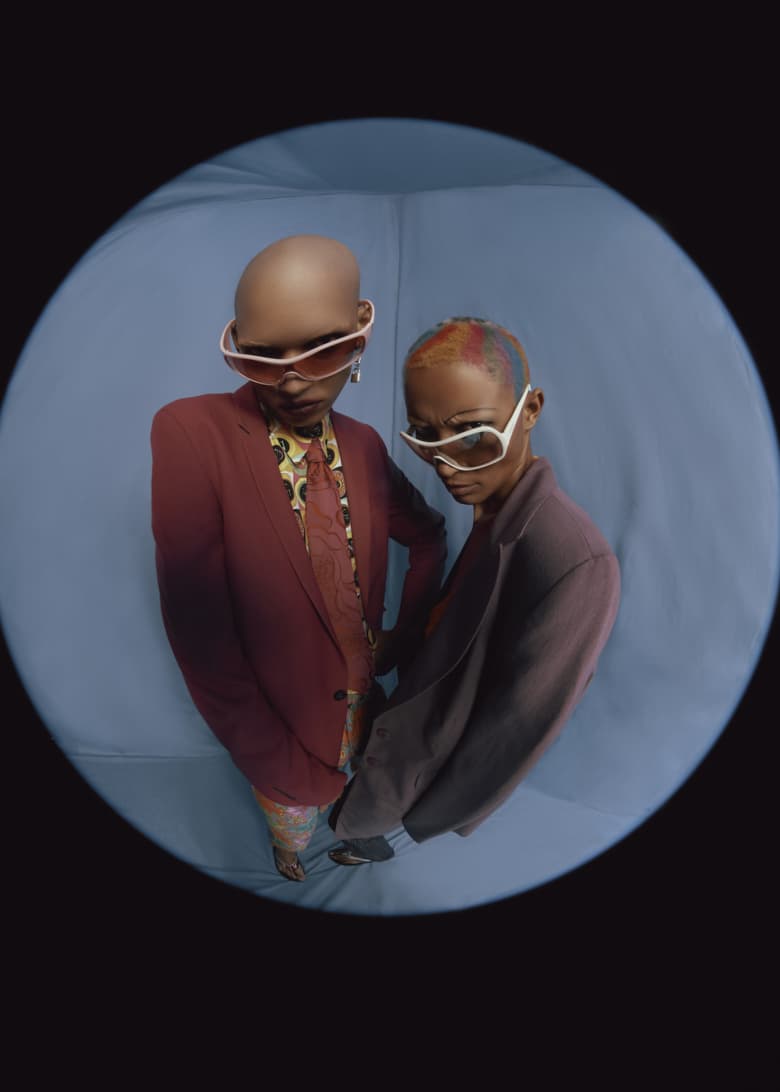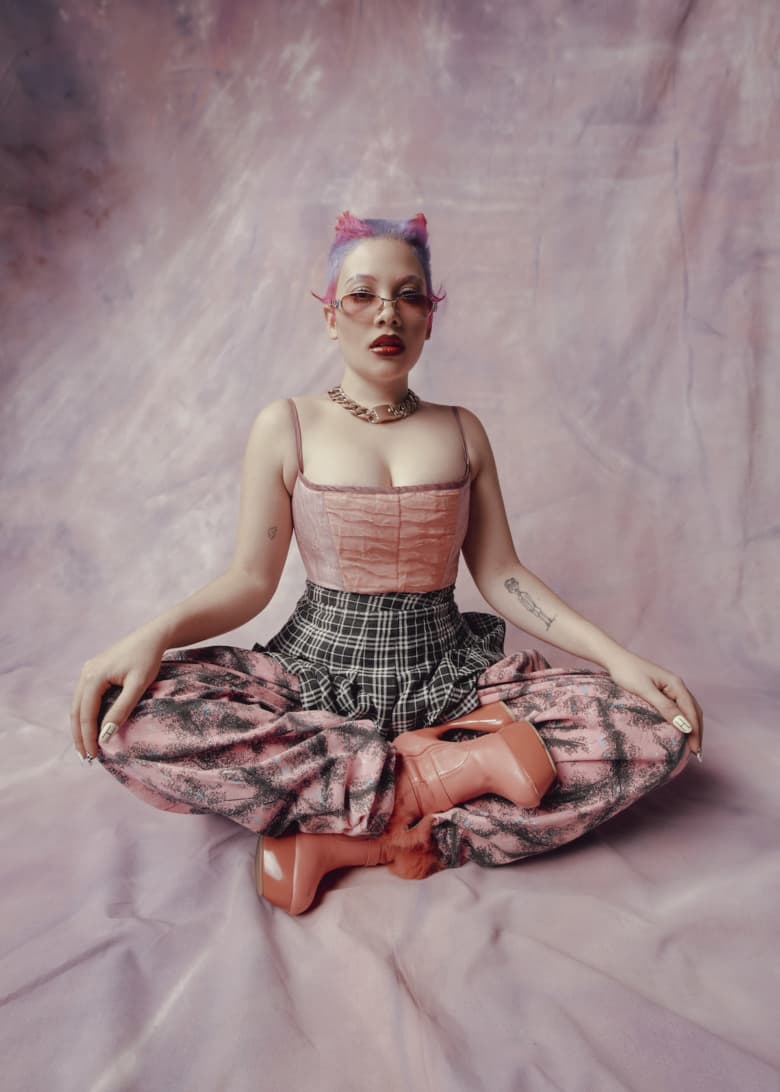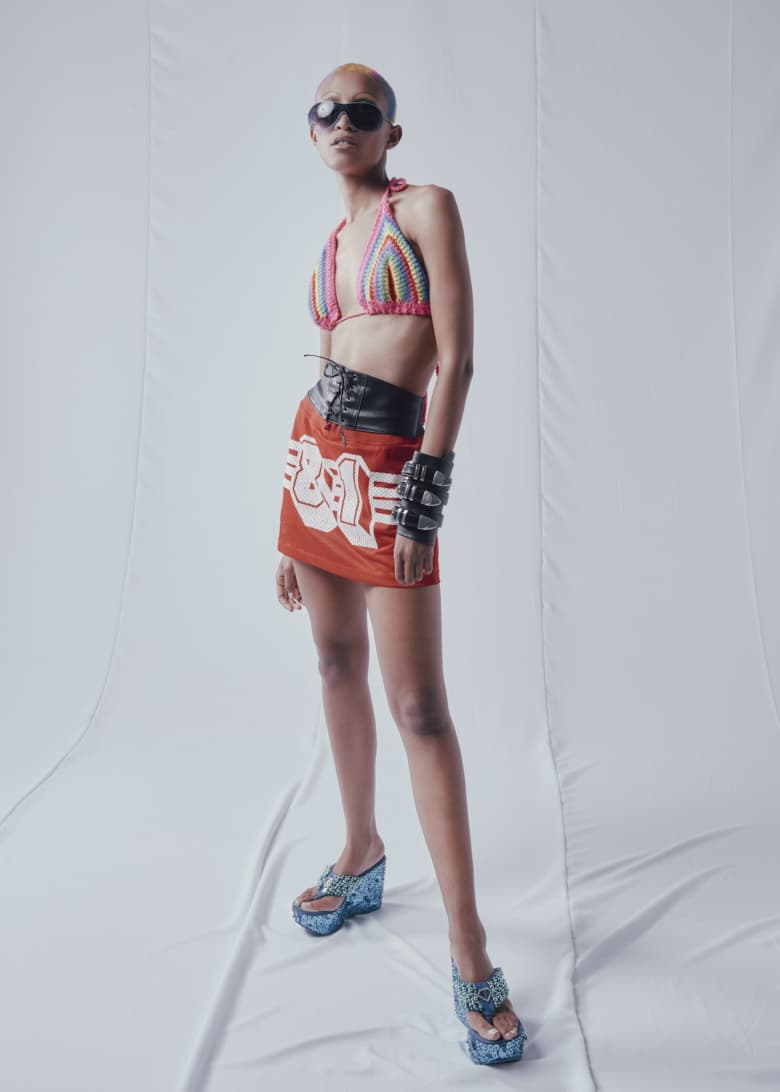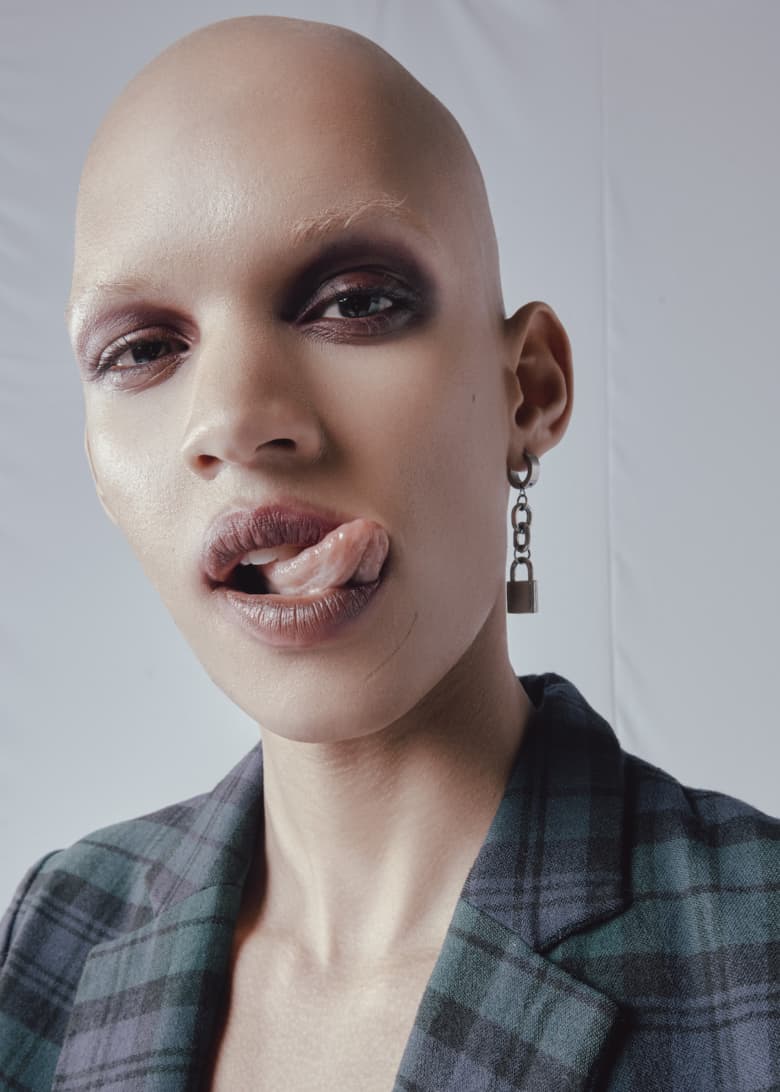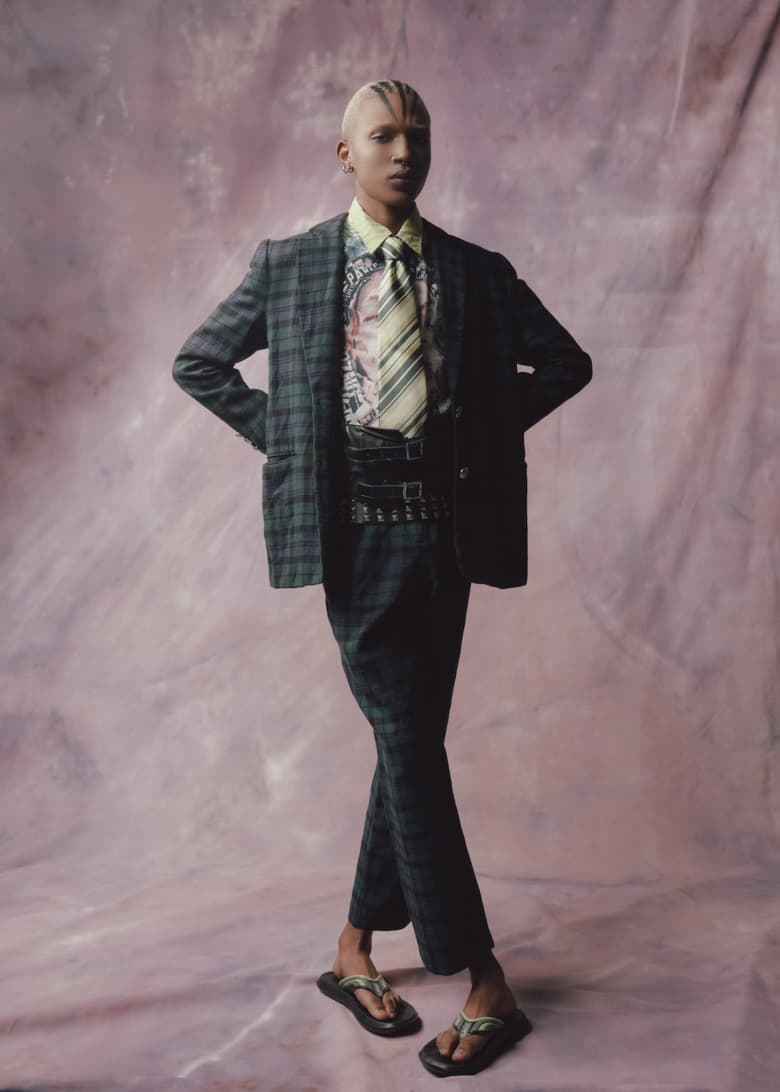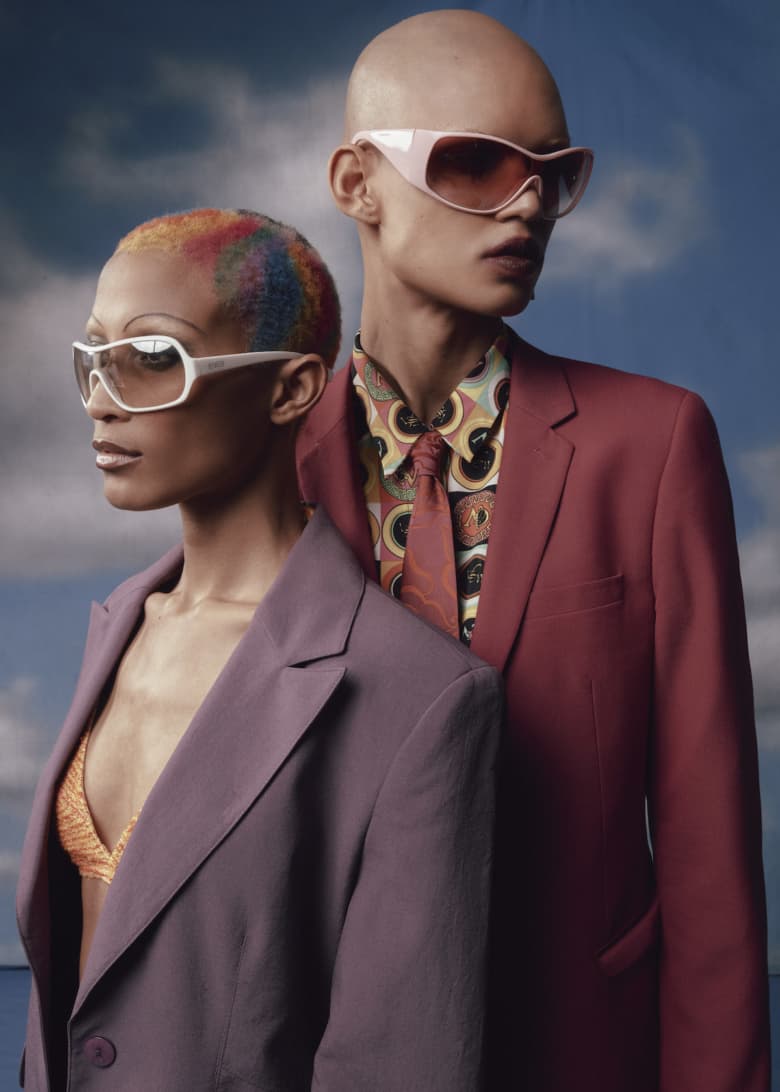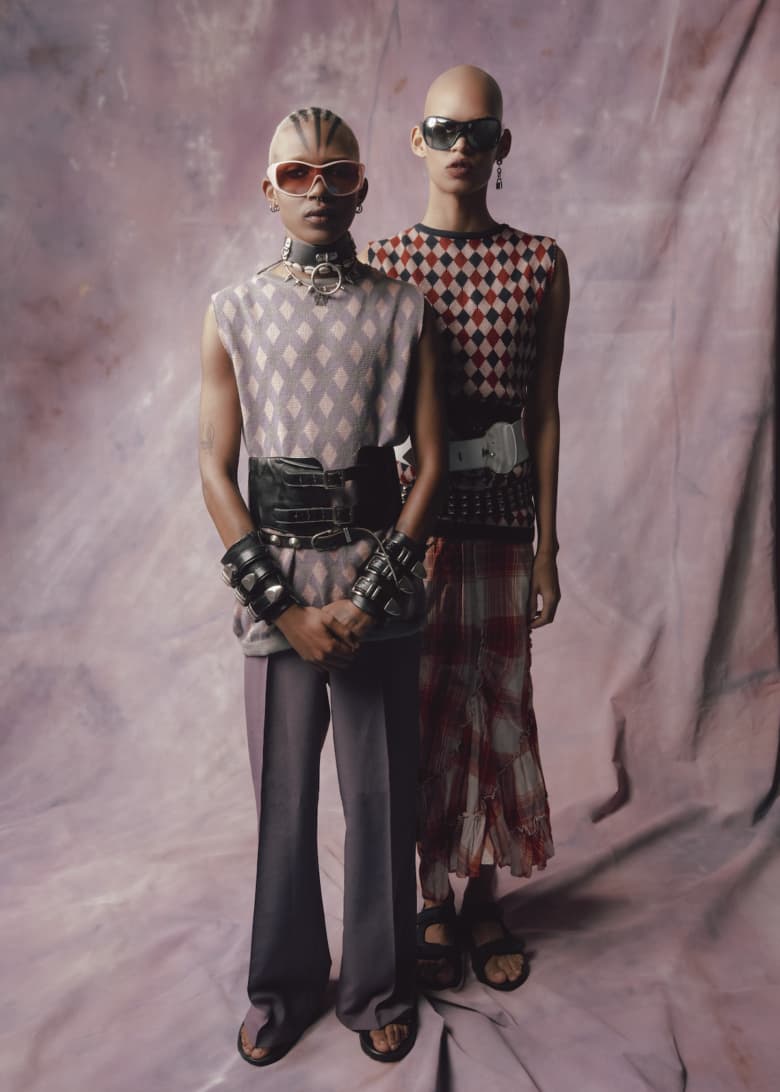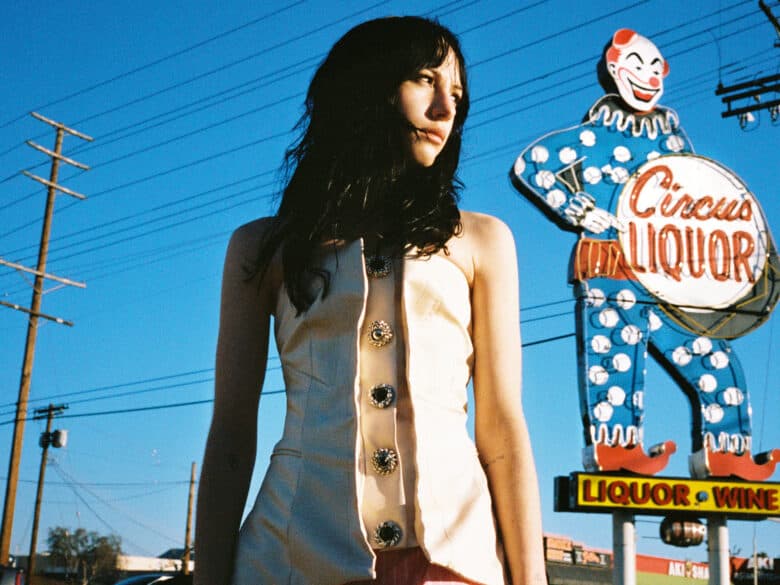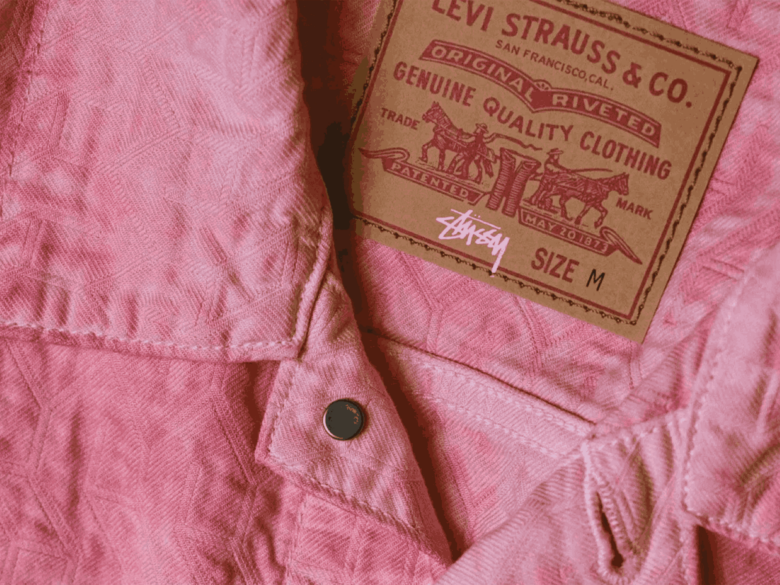LNLY WRLD
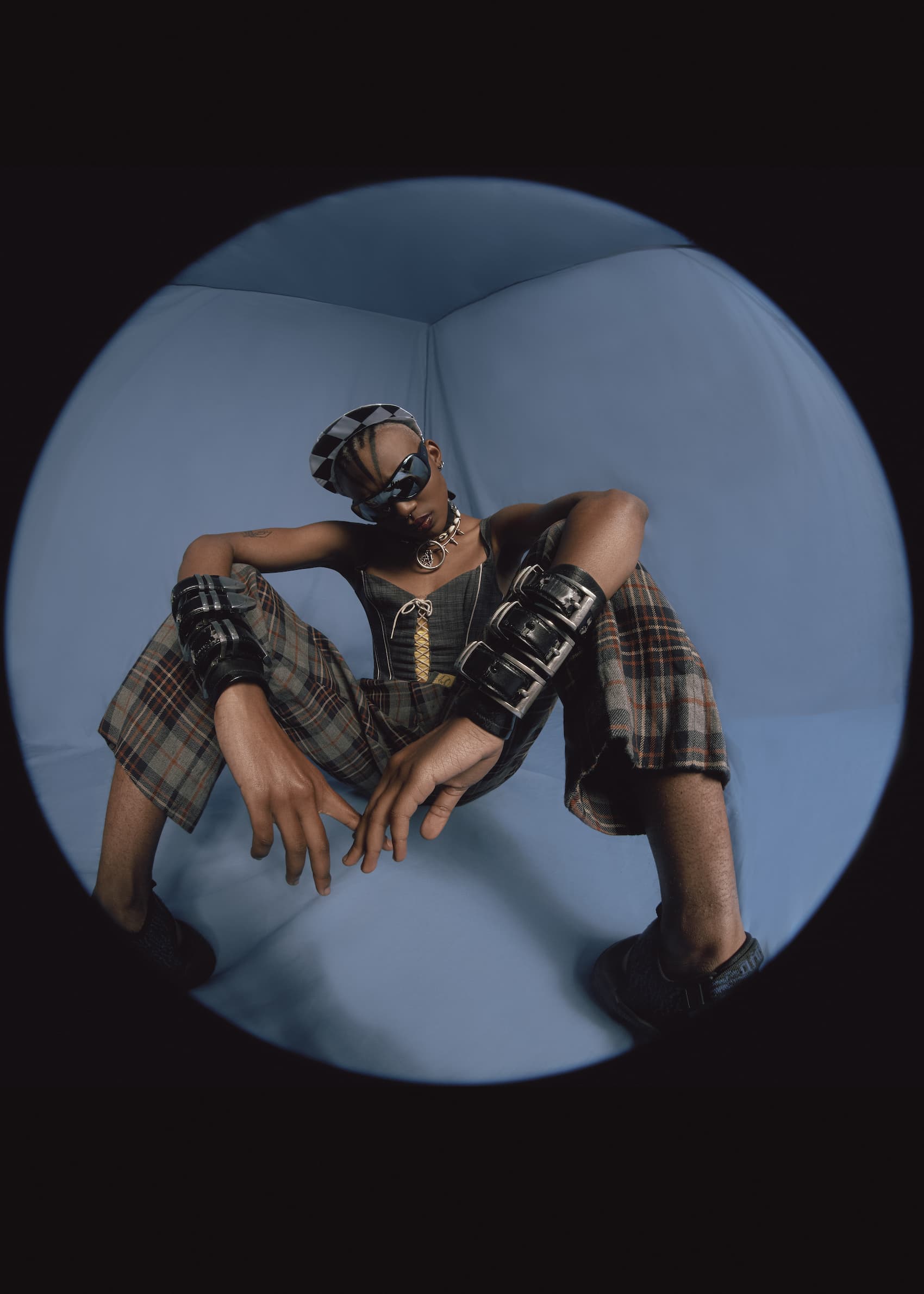
Young South Africans have always had a deep connection towards tapping into living in a fabricated or an alternative idea of their identity that’s shaped by where they grew up. We also cannot deny that our past has informed so much of our framework and references of how we view ourselves and the world. The generation of the democratic, post-Apartheid , 1994 ‘born-free’ era inhabits an in-between space where historical spatial structures perpetuate an Apartheid-like existence in communities throughout the country, but one thing that brings so many of these different individuals together is the urge to be and do better by stitching together the once torn fabrics to create a youth that’s conscious enough to write a new narrative.
This new narrative has humble beginnings of young Black people in urban areas unapologetically reclaiming their identity through music, fashion and language in popular culture. The birth of Kwaito informed how the youth felt, how they wanted to express themselves and how they moulded a new identity that was far-fetched from a period that didn’t allow Black folks to speak up freely. It was more than a music genre, it was a movement, a way of life. These were people who did not want to box themselves – and the legacy built by artists such as Boom Shaka, TKZee, M’du and Trompies can still be seen through the veil of our youth identity in South Africa today.
The Y2K era saw identity in our context as something that was shifting and responsive to our reality. It was never stagnant and fixed. This was a generation that was brought up by television and other forms of media. Our perceived reality is also worth noting due to Western imperialism, which informed a large part of what we watched, listened to and how these cultural influences and nods of American individualism became a part of our lives. Recalls of early MTV, Channel O and local satellite channels that showcased American music videos, movies and fashion styles in the early 2000s. This, along with the way we interacted in physical reality made our identity development multifaceted, ever-evolving and unique.
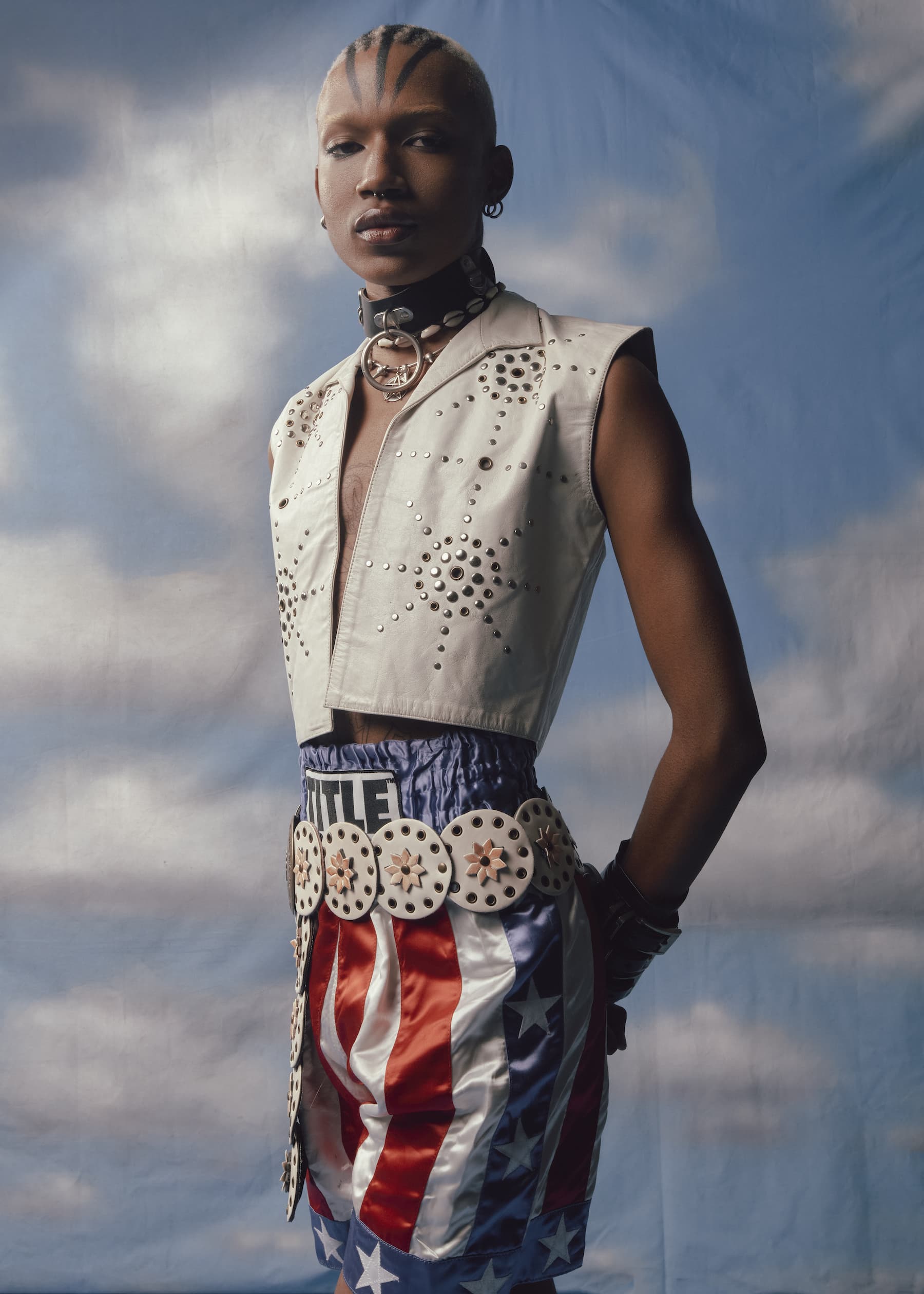
Being a generation raised by the internet and television kept younger people, such as the muses from LNLY WRLD photographed by Aart Verrpis, styled and creative directed by Chloe Andrea, inspired, informed and in tune with discovering the true identity about themselves. Learning about their sexuality, gender identity or even their taste in fashion and finding like-minded communities is all part of the grandeur of self-analysing through the lens of growing in a society like South Africa. For Nkuley, growing up queer in the proclaimed “rainbow nation” has been a rollercoaster. “I grew up in a very remote area with almost no queer people around me to look up to or feel safe around,” they say. “I was brought up in a paper town surrounded by men high off toxic masculinity and overly-religious women. Growing up in an area like that and discovering the internet showed me a much broader spectrum of queer youth South Africa, I felt much more validated and empowered to move to a better and much more queer-friendly space such as Johannesburg.”
There is a budding growth towards a queer utopia and a broader sense of community currently brewing in Johannesburg. With spaces such as Vogue Nights Jozi, Death Drop Island, Le Grand Ball and Pussy Party, the celebration of queer and trans bodies within the city is making it a norm to instil safety through incubations, workshops, nightlife parties and building unity through these projects involving the youth.
“You’re much freer to express your identity here, yes there are still looks and comments but we’re the main characters of life — I expect nothing less. I’m hopeful for the future of queer South Africa because I feel like we’ve taken up so much space since the Apartheid regime,” says Nkuley. “Although I still feel I have to work twice as hard as the next cisgender model, DJ or creative — I know that it’s possible because I see my friends and mentors do it around me.”
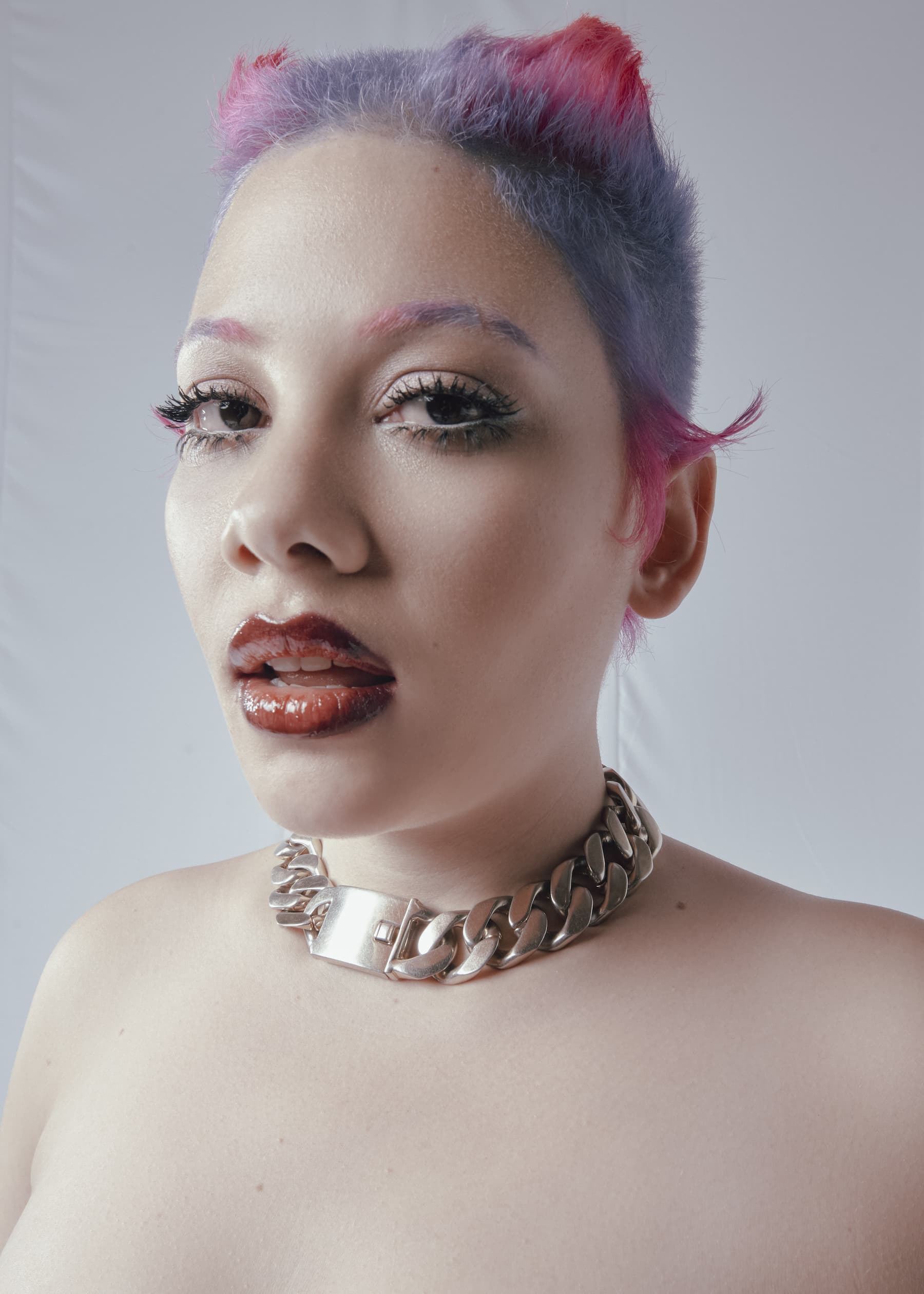
The next muse on LNLY WRLD, Tehillah, shares the same sentiments around their identity and growing up in our democracy. “When I think about growing up in SA I could go on about the trials and tribulations of my childhood, but I’ve realized that we never stop growing or becoming better. As a middle-class, POC, non-binary individual, my life has been influenced by so much. It still is. I’ve learnt that I have become a walking museum holding my life’s secrets and the lessons I’ve learnt so far along with all the places I’ve seen and people I’ve met.” They profusely say. “I’m a traveller of life, a shapeshifter. What has gotten me through this year so far is: ‘You are the creator of your own realities’.”
Black and POC youth tend to be certain about their South African-ness and the way they interact with spaces and having a shared collective identity, whilst in contract, White and Indian youth felt the opposite: due to the Apartheid architecture and structure intended to separate society by race and class. These blocks of the past have come down, but waves of these historical events can still be felt throughout our society and bordering nations at large. The youth of today work harder to move forward towards a common goal and find more positive perceptions.
For George, they looked at the duality of living in two places and experiencing the one place better. “I’ve grown up in both Mozambique and South Africa, and South Africa has always been a space to be more myself and explore by recreating my own rules and that’s the difference. I experienced first hand what it is like to grow up in a different country and that made me appreciate growing up here in South Africa as a queer person and be proudly queer. I think we grew up with beautiful references in the early 2000s of queer people that were on television and fighting for us. As a generation, I want us to break down the boundaries that were set before us and that still affect us as a generation. Whether it’s breaking stereotypes or norms, I just want us to be beings and make the best of our time here.”
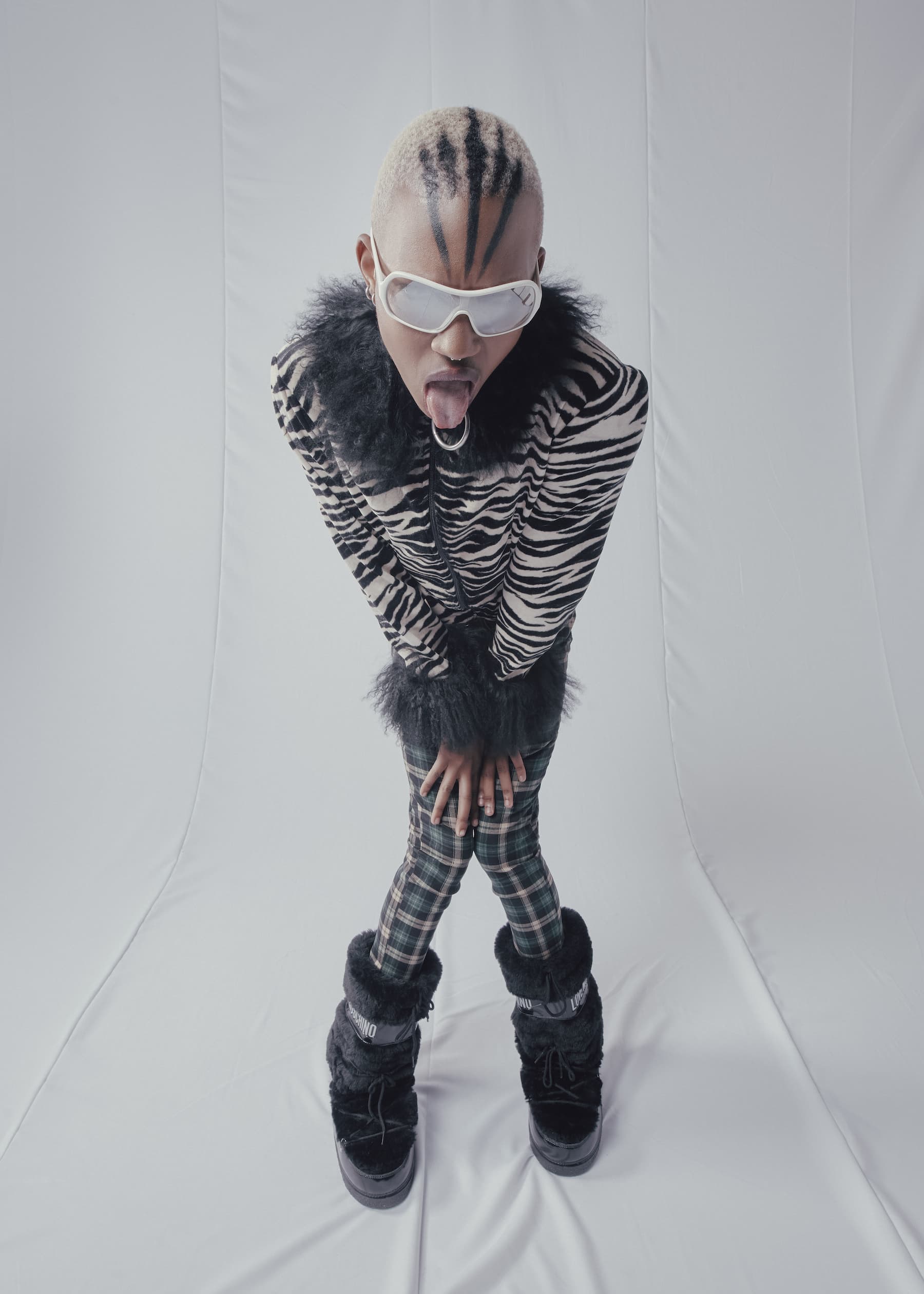
Having mainstream examples to look up to is important for any young person but particularly for queer individuals. Although they may not be as accurate or as broad as they are today, we applaud people such as Lebo Mathosa, Somizi, Pieter-Dirk Uys, Nakhane and Thandiswa for being shining examples of queer visibility.
Our muse in LNLY WRLD Yoyo speaks about identity and having to navigate binaries and sexuality. “Growing up in a climate where gender roles were drilled into us from a young age made it so difficult to navigate my queer identity. Being pansexual is still quite difficult to navigate because of the binaries people in our society puts on the queer community, that you’re either straight or not makes one feel like your identity is unacceptable. But in such a closed-minded climate, I can be perceived as ‘straight passing’ because I am also attracted to men. I feel lucky, this is a privilege that most people in my community cannot be afforded because of their identities.” they say.
What this current moment signifies is the constant growing and embracing of the shifting and growing worldview we ought to have. We’re becoming conscious of our worth, we demand our voices to be heard and we’re constantly challenging the status quo. Although we may feel lonely in the world, we’re as connected and like-minded as we’ve ever been.
